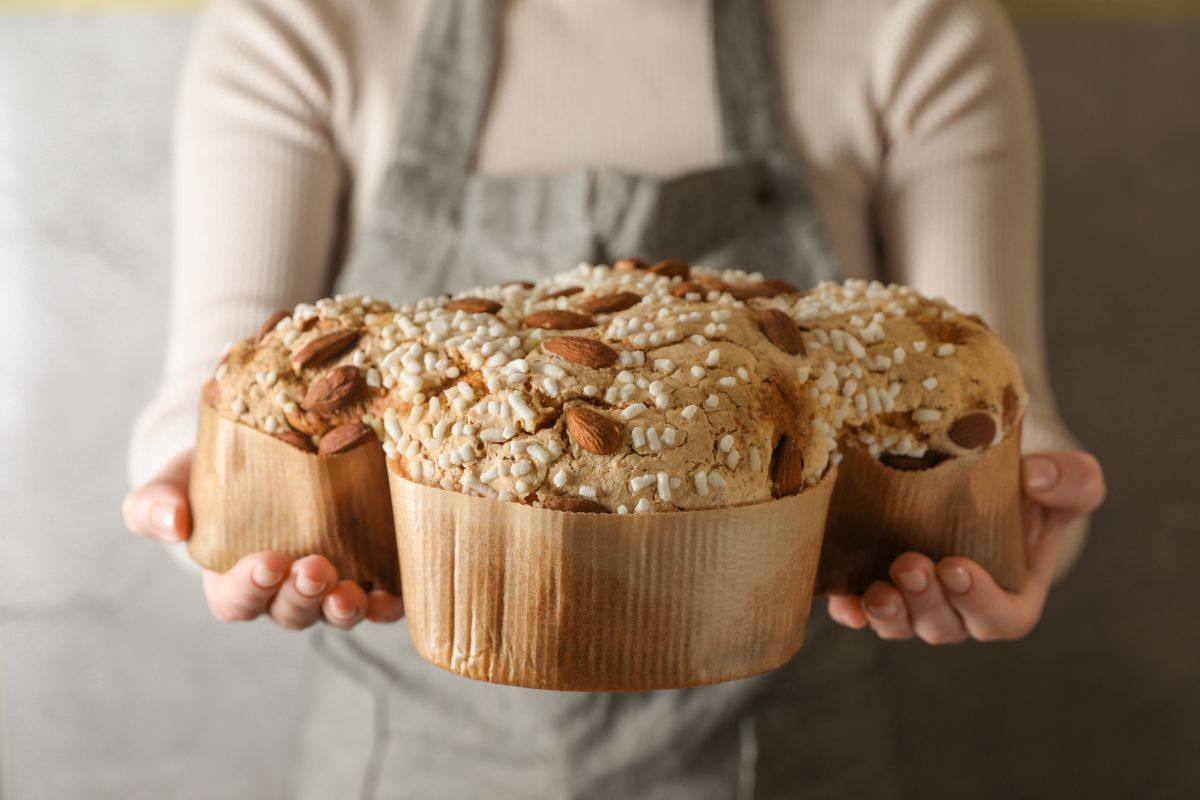
Sicily is famous not only for its breathtaking landscapes, but also for its delicious culinary tradition.
In particular for its typical and iconic desserts. Discover the top 5 of the best Sicilian desserts!
Sicilian desserts
In Sicily the link between territory and desserts has an deep meaning. In fact, it connects with history, mythology and also religion. Indeed, Sicily is a land rich in history and traditions, thanks to the different populations who have left their mark in some way. Phoenicians, Greeks, Romans, Arabs, Normans, French, Spanish. First of all the Greeks brought with them almonds and olive oil. Then the Arabs introduced sugar, and it seems that they were the first to mix it with ricotta cheese. However, let’s see together the top 5 of the best Sicilian desserts.

Cuccìa
With presumed Greek origins, Cuccìa is a dessert widespread throughout Sicily, particularly in Palermo and Syracuse. It is perhaps one of the oldest desserts, made of boiled wheat, sheep’s ricotta, candied fruit, chocolate chips and a sprinkle of cinnamon. The name derives from the Sicilian term cocciu, which means grain. In fact, the recipe is based on boiled wheat grains. Usually, in Sicily Cuccìa is the dessert of the day of Saint Lucia, which is December 13th. It is a dessert that has its roots in ancient traditions, and represents abundance. This is because the wheat is consumed whole instead of being ground.

Sicilian Cannoli
In the top 5 of the best Sicilian desserts, one of the best known and loved in the world cannot be missing. These are crunchy sheets of fried dough, made of flour, Marsala wine, sugar and lard. Then filled with a delicious cream of sheep’s ricotta cheese and sugar, and the addition of chocolate chips and candied fruit. The Cannoli is mentioned for the first time by Cicero in 70 BC, when it was still only an early version of the famous dessert. However, its origins are unclear. We know that during the course of history the Cannoli, as we know it today, has undergone several revisitations. One of the most popular hypotheses sees the Cannoli as a typical Carnival dessert, born as a joke. The secret to a perfect Sicilian Cannoli is to add the ricotta only at the end, so that the wafer remains perfectly crunchy.

Sicilian Cassata
The most famous of Sicilian desserts after the Cannoli. The green colored version we know today is closer to the one created in 1800. However, the history of Cassata is much older. In the beginning its name was quas’at, which means basin. In fact, according to tradition, one night a hungry shepherd decided to mix sheep’s ricotta with honey and leave the delicious mixture in a basin. Over the years, other fundamental ingredients have been added. Initially, the shortcrust pastry shell to contain the ricotta, giving rise to the first Baked Cassata in history. Then the Normans added a thin layer of a mixture of almond flour and sugar, then colored in a bright green. Lastly, chocolate chips (only after the discovery of the Americas), the sponge cake as the basis of the dessert (which replaced shortcrust pastry) and candied fruit.

Granita with Brioche
The origins of the granita, the smashed ice, date back to the Arab domination in Sicily, when they introduced the recipe for Sherbet, an iced drink flavored with rose water. But where to find ice in Sicily? In winter the Messina nobles began to collect snow from the Peloritani, Nebridi and Iblei mountains, and above all from Etna volcano. The snow was then stored in snow pits, called neviere, constructions to protect the ice from high temperatures, and then used in summer to create granita. The most traditional Sicilian granitas are those flavored with lemon and jasmine. But we also have those flavored with almond, pistachio and coffee. The Sicilian breakfast with granita and brioche col tuppo is a real ritual. This is a typical Sicilian brioche with the presence of a hat in the upper part, the tuppo, similar to a chignon, to dip hot in the granita.

Martorana fruit
According to the legend these sweets are an invention of the nuns of the Benedictine Monastery of Martorana, in Palermo. In October, the nuns, worried because of the unexpected visit of king Charles V to their garden, which was withered and without fruit, had a smart idea. They created fruit-shaped sweets with a mixture based on almond flour and honey. They painted them with bright and realistic colors. Then they hung them from trees branches in order fool the king. However, he realized the deception when he pulled one of these little fruits from a branch to taste it. Surprisingly, the king admired the skill of the nuns, and from that moment on he visited the monastery every year. Martorana fruit is perhaps the most iconic and distinctive dessert of Sicily, typical of November 2nd.

















